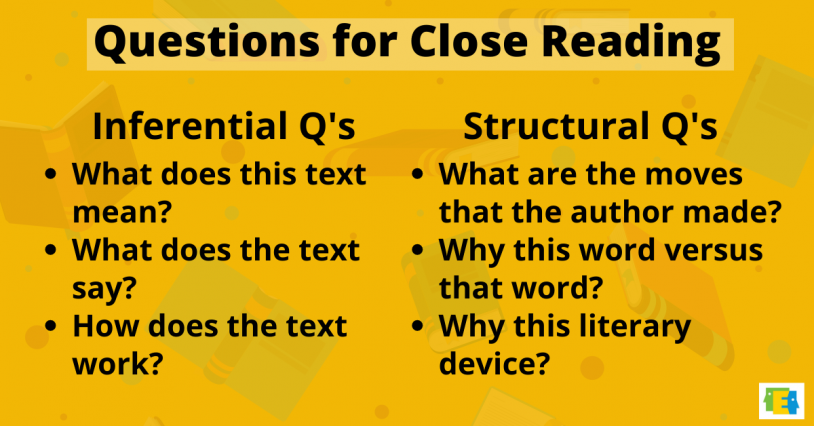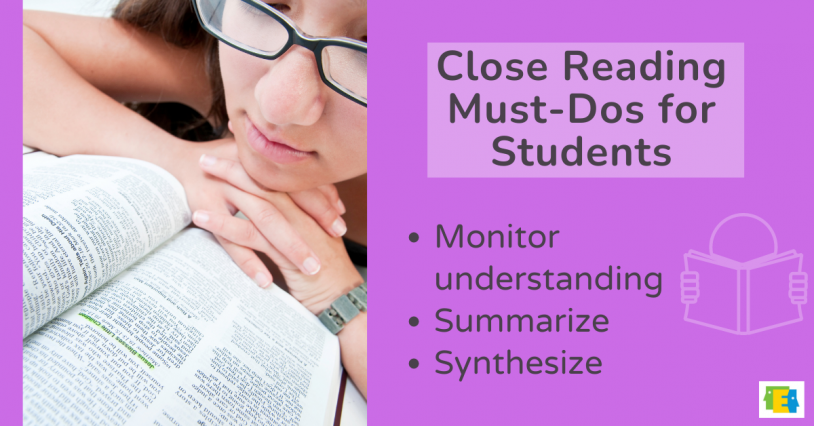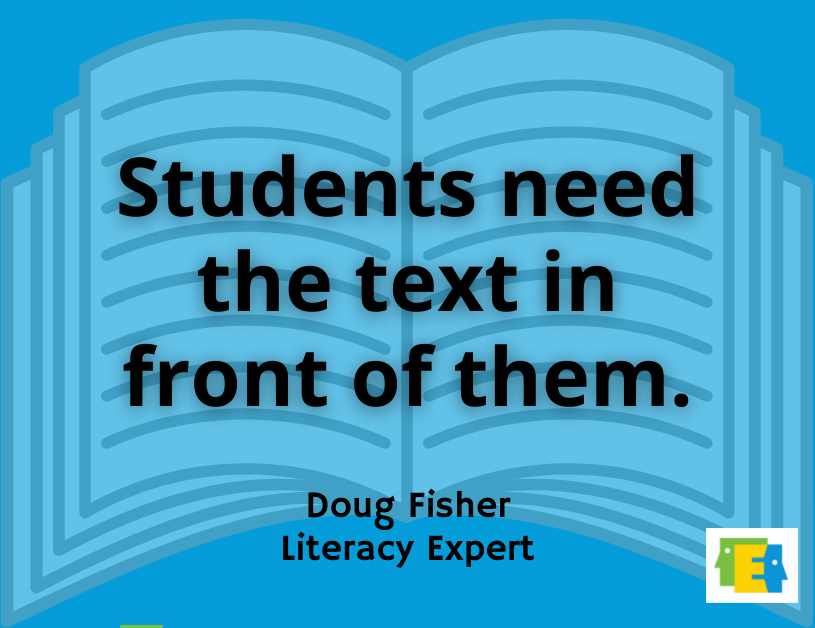Teaching ELA Online or In-Person? You’ll Want These Close Reading Tips from Doug Fisher
Close reading is like peeking under the hood of a book. It’s looking closely and critically at a piece of text and analyzing its details.
Understandably, close reading is a tricky thing to do, and even trickier to teach students.
Luckily, San Diego State University professor and high school English teacher Doug Fisher has close reading tips for all educators, applicable to both in-person and online learning.
In this #PLtogether Lounge Talk highlight, Doug Fisher talked with Edthena founder and CEO Adam Geller about best practices for guiding students to do close readings.
Watch the interview clip above, or read on for the tips.
Moving through the levels of close reading
First Doug defined close reading as an active reading technique for students.
“Close reading is a process where you inspect a text and you go back to that text a few times to figure out what it’s saying,” he said. “It’s not where the teacher tells you what the text says or it’s not an easy-to-read text where the meaning is obvious.”
Doug said, “students are annotating, they’re underlining, they’re circling, they’re writing margin notes, [and] they’re reading it a second time.”
Students are also often talking with classmates about the text and what they’re noticing.
After reading the text at the literal level, Doug talked about the journey students take through other levels of understanding the text.
Check out this helpful graphic for questions teachers can ask students at different levels of analyzing the text:

Annotating text? Students need 3 foundational habits
Students must also practice annotation skills. Doug outlined three foundational annotation marks that students should develop as habits.

“Have students underline things that are important and if they underline it, they should consider paraphrasing or quoting from that,” Doug said first.
Second on the list is students monitoring their own understanding by circling words and phrases that may be confusing or unclear to them.
For the third step, Doug talked about margin notes.
“Write margin notes where you summarize and synthesize. … There’s other things they can do in the world of annotation, but if they have those three habits their minds will engage with the texts.”
After mastering the three habits around monitoring, summarizing, and synthesizing, students can mark up the text in whatever ways work for their reading and comprehension.
How can close reading work online?
Teaching close reading techniques to students in-person is one thing, but what about online learning?
Doug reassured close reading in distance teaching this is not only possible but can still be effective.

“Students [should] have the text in print because these are complex pieces of text. … The research is pretty clear: when the text is complex, the brain prefers paper,” Doug emphasized.
Students can easily write notes on text that is in front of them. Teaching remotely? Make use of your print offices and get those texts sent out!
He continued, “The key is rereading and asking questions as students talk … with their peers.”
Teachers can use virtual breakout rooms, so students can talk in small groups before coming back to the whole group.
The fishbowl discussion method is also able to be recreated with a few students are discussing in the ‘fishbowl’.
Doug advised, “The rest of the students in the class are using the chat function and the reaction buttons.” In this way, all students are engaged in the discussion.
Close reading made straightforward
Teaching close reading can be a time for students to engage with the complexities and wonders of the texts they’re reading, far beyond plot lines.
With these principles and best practices from Doug Fisher, guide your students to more effectively and productively master literacy skills.
Watch and read more about what Doug Fisher said about student engagement and student assessment.

